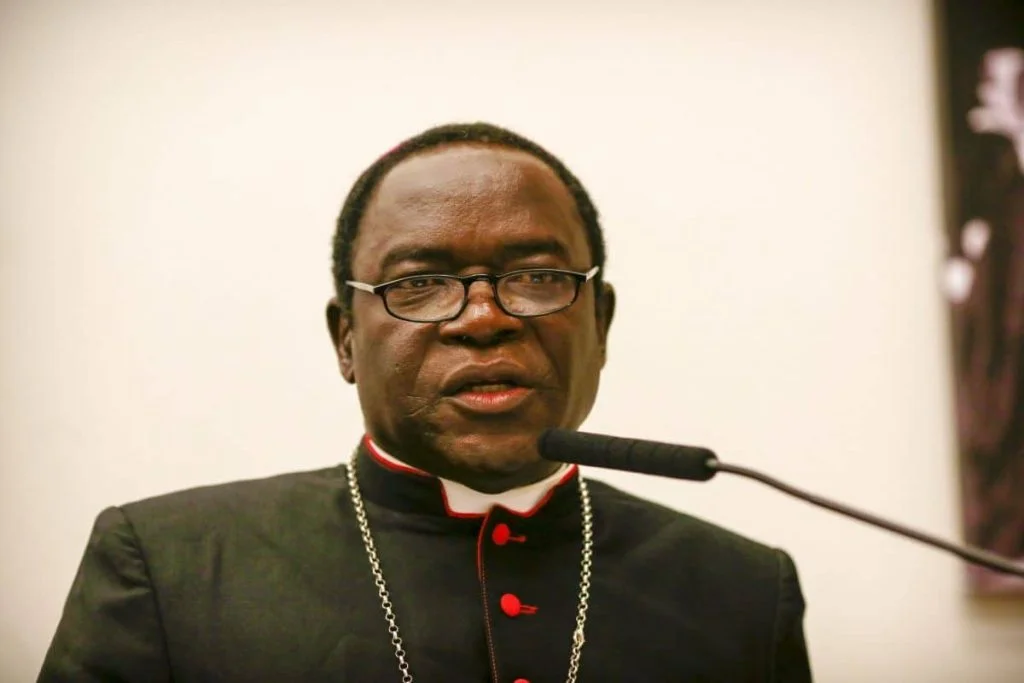A newly released security report by Beacon Security and Intelligence Limited (BSIL) exposes a troubling surge: 6,800 deaths attributed to violence and insecurity across Nigeria during the first half of 2025. This marked a 13.7% rise compared to the latter half of 2024, and nearly a 19.1% year-on-year increase—signaling deepening unrest nationwide.
National Outlook: Violence on the Rise
BSIL’s comprehensive Nigeria Security Report examined trends in H1 2025, Q2, and specifically the month of June. Despite a slight reduction in total incidents compared to the previous six months, the lethal impact remains stark:
-
4,672 incidents were recorded in H1—down 1.1% from H2 2024, but up 9.2% year-on-year. The 6,800 fatalities represent a sharp increase, matching the spike in incidents.
BSIL attributes this surge to escalating actions by non-state armed groups, including insurgents, bandits, and herder factions, especially within the North West, North East, and North Central regions.
Regional Hotspots: Persistent Violence
North West & North East
These regions endure entrenched violence from bandits and terror groups. Zamfara State stands out as the epicenter:
-
1,088 deaths occurred in Zamfara—the country’s deadliest region.
-
1,755 individuals were abducted there—both figures leading the nation.
-
Nationwide, 5,402 kidnappings took place in H1—a 2.4% drop from H2 2024 but a staggering 30.4% rise compared to H1 2024.
Sustained attacks in Adamawa and Borno, including drone and IED strikes by ISWAP/Boko Haram, reflect a broader militant resurgence.
North Central
This region sees a sharp deterioration, fueled by farmer-herder clashes, rural assaults, and kidnappings. States like Benue, Niger, Plateau, and Kwara are particularly affected. Over 72% of June’s civilian deaths originated from North Central conflicts.
June Provides Glimmer of Hope, But Civilians Still Suffer
While June 2025 saw declines—incidents down nearly 48%, from 895 to 465; fatalities fell 14%, from 1,296 to 1,111; and abductions plunged 74.6%, from 1,086 to 276—the death toll of 804 civilians remained deeply grim, accounting for 72.4% of June’s fatalities.
Quarterly Breakdown: Rising Deaths, Lower Kidnappings
BSIL’s Q2 assessment found:
-
Fatalities increased 5.7%, from 3,301 in Q1 to 3,499 in Q2.
-
However, abductions dropped 11.5%, from 2,862 to 2,540.
This suggests a complex scenario: while kidnapping trends may be easing slightly, lethal violence remains widespread and intensifying.
Human Impact: More Than Numbers
Additional sources deepen the picture:
-
Nigeria’s Human Rights Commission reported 2,266 civilian deaths from insurgents and bandits in early 2025—already exceeding 2024’s total of 2,194 deaths.
-
The same period saw 857 kidnappings, down from 1,461 in early 2024.
-
Security personnel losses are mounting: 152 officers died between January and May alone.
Drivers of the Insecurity Surge
BSIL outlines multiple root causes:
-
Expanded tactics and weaponry by bandits and terror groups, sometimes aided by foreign operatives.
-
Frequent farmer-herder clashes in North Central, leading to civilian casualties.
-
Complex terrain and socio-economic distress—including poverty and food insecurity—exacerbate vulnerability.
-
Militant consolidation in the North East, with improved tactics, drones, and explosives bolstering ISWAP/Boko Haram.
State Response: Some Gains, But More Needed
June’s dip in incidents implies effective countermeasures. Concurrently, in the Northwest, security forces eliminated some militant cells.
National strategies also advanced:
-
Nigeria’s Defence Chief proposed fencing porous borders to restrict cross-border militant infiltration.
-
Experts call for deeper reforms: linking budgets, tech enhancements (CCTV, AI monitoring), and bolstering personnel through community policing.
Economic Fallout and Resilience
Violence in agricultural regions—especially Benue—has disrupted farming. A recent survey in Benue found insecurity dropped crop yields by 0.21% and livestock productivity by 0.31% per additional violent incident.
The Bandit conflict, rooted in resource scarcity and ungoverned spaces, continues unabated with tens of thousands of lives at stake.
Outlook: Ongoing Volatility
BSIL warns against complacency, forecasting continued unrest, especially in North Central and North West:
“Sophisticated attacks by bandits and terrorist groups are increasing…foreign technical support…persistent socio‑economic grievances… exacerbate insecurity.”
Threats include:
-
Evolving militant tactics and reconsolidation.
-
Cross-state bandit encroachment.
-
Escalating communal conflicts strain police and military resources.
Policy Recommendations: A Multi-Pronged Response
To reduce violence and protect civilians, analysts recommend:
-
Intelligence-led security operations and fortified troop presence in key regions.
-
Structural border defenses and stricter immigration enforcement.
-
Tech-enhanced monitoring: CCTV, drone surveillance, AI analytics.
-
Community policing and local vigilante integration.
-
Targeted socio-economic investment: rural livelihoods, food security.
-
Enhanced internal security coordination across federal, state, and local levels.
Conclusion: Turning the Tide Takes Effort
Nigeria’s recent uptick in deaths, kidnappings, and attacks paints a sobering picture. Still, June’s temporary declines affirm that focused efforts—if sustained and holistic—can break momentum.
Yet before security can prevail, the nation must unify strategy: strengthen systems, address root causes, modernize tools, and engage communities.
Without such coordination, the next half year risks more lives lost, livelihoods shattered, and hope eroded. But with resolve and resource, Nigeria can yet shift from reactive survival to proactive protection.
📌 Key Numbers at a Glance
| Indicator | H1 2025 | H2 2024 | H1 2024 |
|---|---|---|---|
| Incidents | 4,672 | (−1.1%) | (+9.2%) |
| Fatalities | 6,800 | (+13.7%) | (+19.1%) |
| Abductions | 5,402 | (−2.4%) | (+30.4%) |
| Zamfara casualties | 1,088 deaths, 1,755 abductions |












